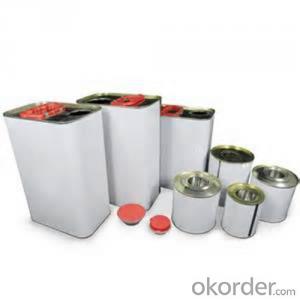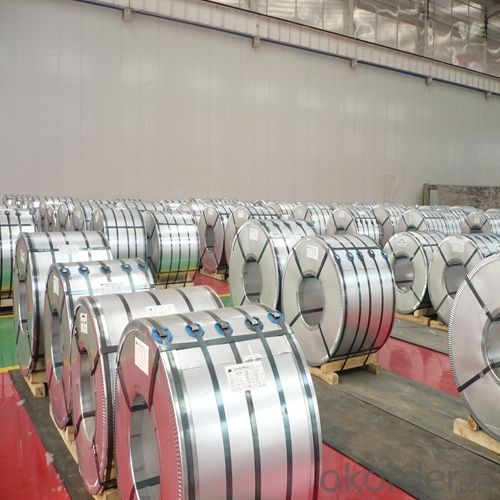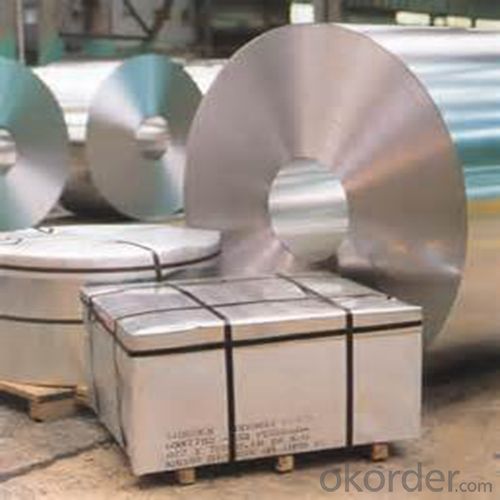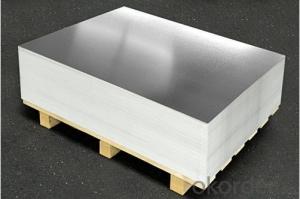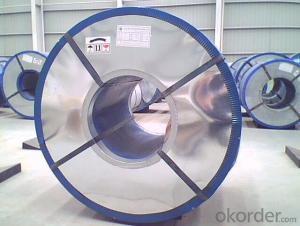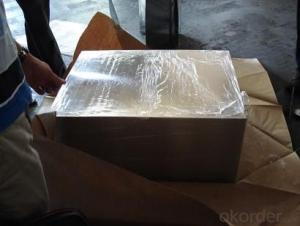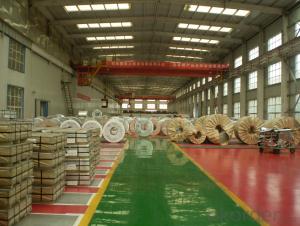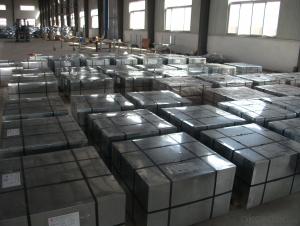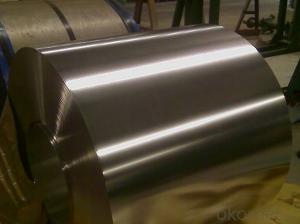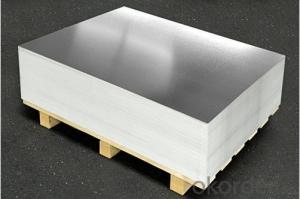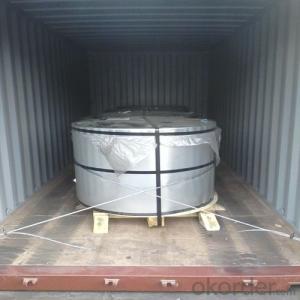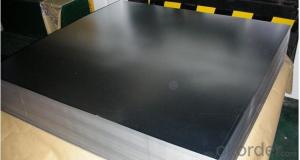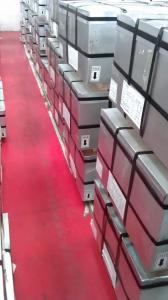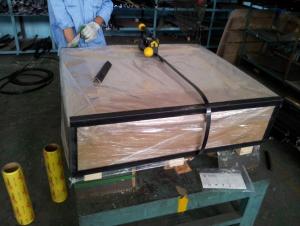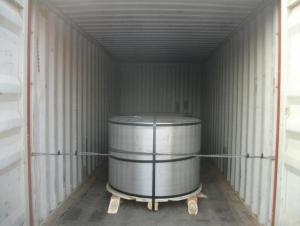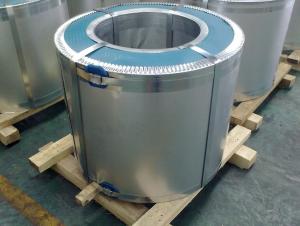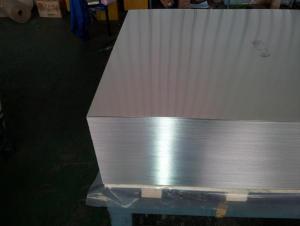Prime Quality ETP for Metal Package of Industrial or Chemical Useage
- Loading Port:
- Shanghai
- Payment Terms:
- TT OR LC
- Min Order Qty:
- 25 m.t.
- Supply Capability:
- 30000 m.t./month
OKorder Service Pledge
OKorder Financial Service
You Might Also Like
Specification
1.Structure of Prime Quality ETP for Metal Package of Industrial or Chemical Useage Description
The feature of anti-oxidation, various kinds and beauty in printing enable tinplate enjoys widely usage in food can package, pharmaceutical package, daily application packing, apparatus package and industrial pack.
From the first food can to be produced in the year of 1810 in British, the development trend of tinplate has become thinner thickness and less tin coating to adjust the change of can industry and save cost.
2.Main Features of the Prime Quality ETP for Metal Package of Industrial or Chemical Useage
Appearance – Tinplate is characterized by its beautiful metallic luster. Products with various kinds of surface roughness are produced by selecting the surface finish of the substrate steel sheet.
Paintability and printability – Tinplates have excellent paintability and printability. Printing is beautifully finished using various lacquers and inks.
Formability and strength – Tinplates have got very good formability and strength. By selecting a proper temper grade, appropriate formability is obtained for different applications as well as the required strength after forming.
Corrosion resistance – Tinplate has got good corrosion resistance. By selecting a proper coating weight, appropriate corrosion resistance is obtained against container contents. Coated items should meet 24 hour 5 % salt spray requirement.
Solderability and weldability – Tinplates can be joined both by soldering or welding. These properties of tinplate are used for making various types of cans.
Hygienic – Tin coating provides good and non toxic barrier properties to protect food products from impurities, bacteria, moisture, light and odours.
Safe – Tinplate being low weight and high strength makes food cans easy to ship and transport.
Eco friendly – Tinplate offers 100 % recyclability.
Tin is not good for low temperature applications since it changes structure and loses adhesion when exposed to temperatures below – 40 deg C.
3.Prime Quality ETP for Metal Package of Industrial or Chemical Useage Images
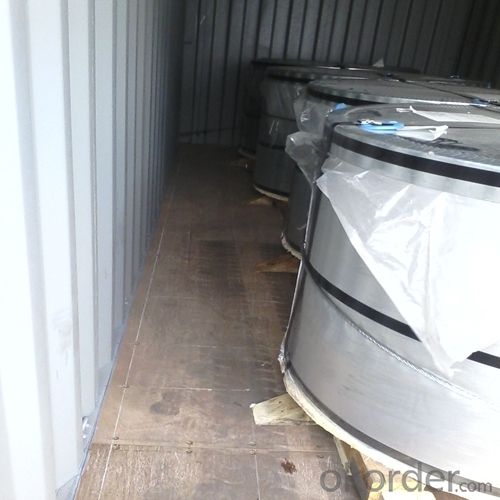
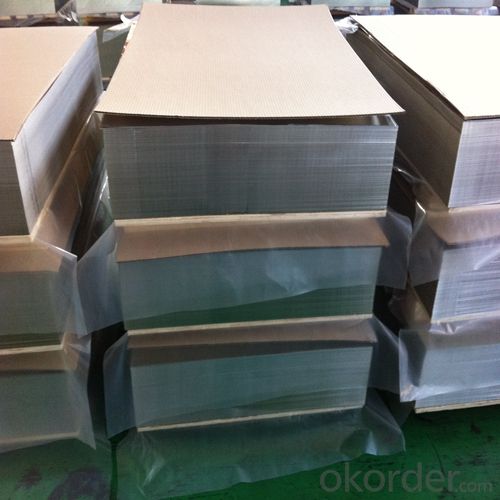
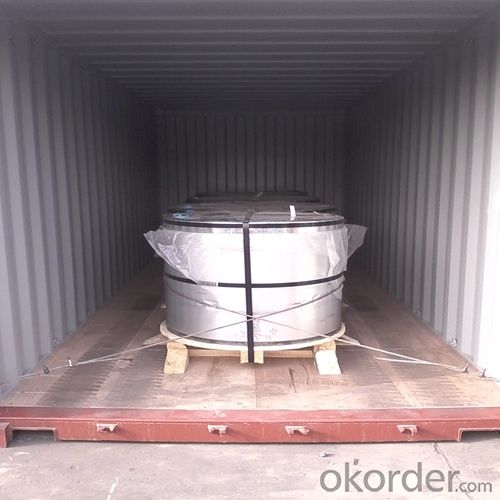
4.Prime Quality ETP for Metal Package of Industrial or Chemical Useage Specification
Specification of :
Standard: ISO 11949 -1995, GB/T2520-2000,JIS G3303,ASTM A623, BS EN 10202
Material: MR,SPCC
Thickness:0.15mm - 0.50mm
Width: 600mm -1150mm
Temper: T1-T5
Annealing: BA & CA
Coil Inner Diameter: 508mm
Weight: 6-10 tons/coil 1~1.7 tons/sheets bundle
Passivation:311
Oil: DOS
Surface: Finish,bright,stone,matte,silver
5.FAQ of Prime Quality ETP for Metal Package of Industrial or Chemical Useage
- What is tinning and how does it work?
Tinning is the process of thinly coating sheets of wrought iron or steel with tin, and the resulting product is known as tinplate. It is most often used to prevent rust.
- Do you only have prime quality tinplate?
We can supply both prime and second quality tinplate.
- Q: How does tinplate contribute to the overall protection of packaged products?
- Tinplate contributes to the overall protection of packaged products by providing a strong and durable barrier against external elements such as moisture, light, and air. It helps to prevent corrosion, contamination, and spoilage, thereby extending the shelf life of the packaged products. Additionally, tinplate's resistance to impact and tampering ensures the integrity of the package, safeguarding the contents during transportation and handling.
- Q: Can tinplate packaging be used for toy products?
- Yes, tinplate packaging can be used for toy products. Tinplate is a durable and versatile material that provides a protective barrier, making it suitable for packaging various types of toys. Additionally, tinplate can be easily printed on, allowing for attractive and customized designs for toy packaging.
- Q: How is tinplate coated with metallic coatings?
- Tinplate is coated with metallic coatings through a process called electroplating, where a layer of metal is deposited onto the tinplate surface using an electrolytic bath. This bath contains ions of the desired coating metal, which are attracted to the tinplate and form a thin and uniform layer through the application of an electric current. This electroplating process helps to enhance the durability, corrosion resistance, and aesthetic appearance of the tinplate.
- Q: What are the cleaning agents suitable for tinplate?
- Some cleaning agents suitable for tinplate include mild dish soap, vinegar, baking soda, and commercial metal cleaners.
- Q: How is tinplate recycled and what are its recycling rates?
- Tinplate is recycled through a process called "tinplate recycling" where it is collected, sorted, and melted down to create new products. The recycling rates of tinplate vary depending on factors such as regional recycling infrastructure, collection efforts, and consumer awareness. However, on average, tinplate has a relatively high recycling rate of around 80-90% in many developed countries.
- Q: What are the common surface treatments for tinplate?
- The common surface treatments for tinplate include electrolytic tinplating, chromium plating, and passivation.
- Q: What are the advantages of using tinplate for automotive parts?
- Tinplate offers several advantages for automotive parts. Firstly, it provides excellent corrosion resistance, making it ideal for parts exposed to harsh environmental conditions. Additionally, tinplate offers good formability, allowing for complex shapes and designs, providing flexibility in manufacturing. It also offers high strength and durability, ensuring long-lasting performance and safety. Furthermore, tinplate is lightweight, contributing to improved fuel efficiency and reduced emissions. Lastly, it is a cost-effective material, providing value for money in automotive part production.
- Q: What is the difference between food grade tinplate and ordinary chemical tinplate? What is the difference between MR material and SPCC?
- Tinned food grade and non food grade. The main brands are MR and SPCC. because the meat food will be wall mounted in contact with food tin coated with two layers of yellow food, the food is yellow anti solvent, anti general acid-base, thus ensuring the safety of food packaging containing iron. The food there is no absolute security argument, now the technology has been fully capable of ensuring the safety of food containing.MR's impurity is a little more than SPCC, and the price is a little high. It's OK to use SPCC to spread two layers of food on the outside
- Q: What are the main trends in tinplate recycling?
- The main trends in tinplate recycling include increased awareness and adoption of recycling initiatives, technological advancements in sorting and processing methods, and the promotion of circular economy principles to minimize waste and maximize resource efficiency.
- Q: Tinplate why have white and yellow, tin plating should be white ah, yellow is how to return a responsibility?
- Usually on the surface of a layer of oil, light oil, or iron; gold oil is golden; white is white, yellow magnetic, if printing, of course is yellow; usually tinplate can print color (color or 4C file).
Send your message to us
Prime Quality ETP for Metal Package of Industrial or Chemical Useage
- Loading Port:
- Shanghai
- Payment Terms:
- TT OR LC
- Min Order Qty:
- 25 m.t.
- Supply Capability:
- 30000 m.t./month
OKorder Service Pledge
OKorder Financial Service
Similar products
Hot products
Hot Searches
Related keywords
